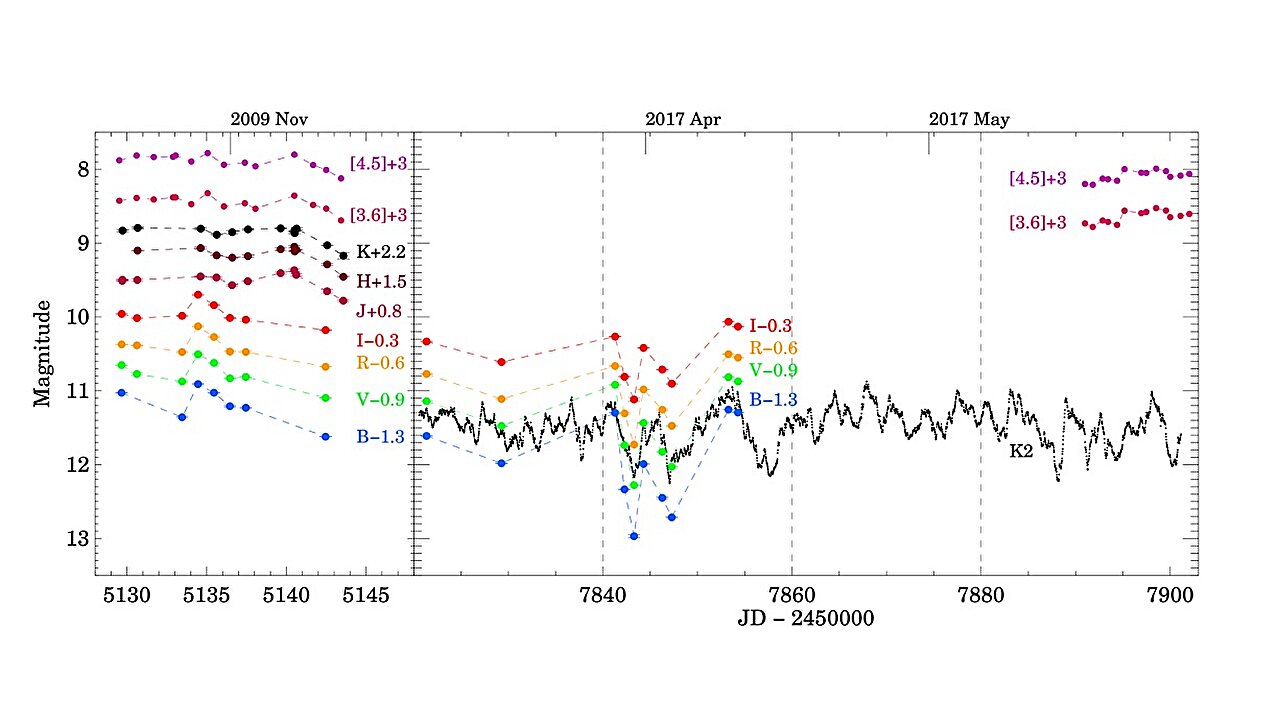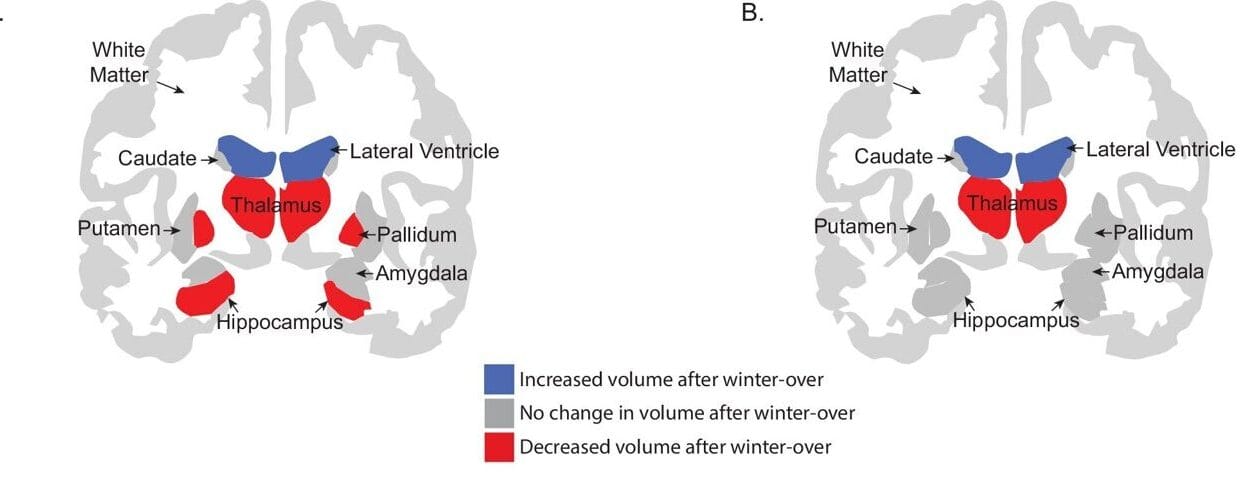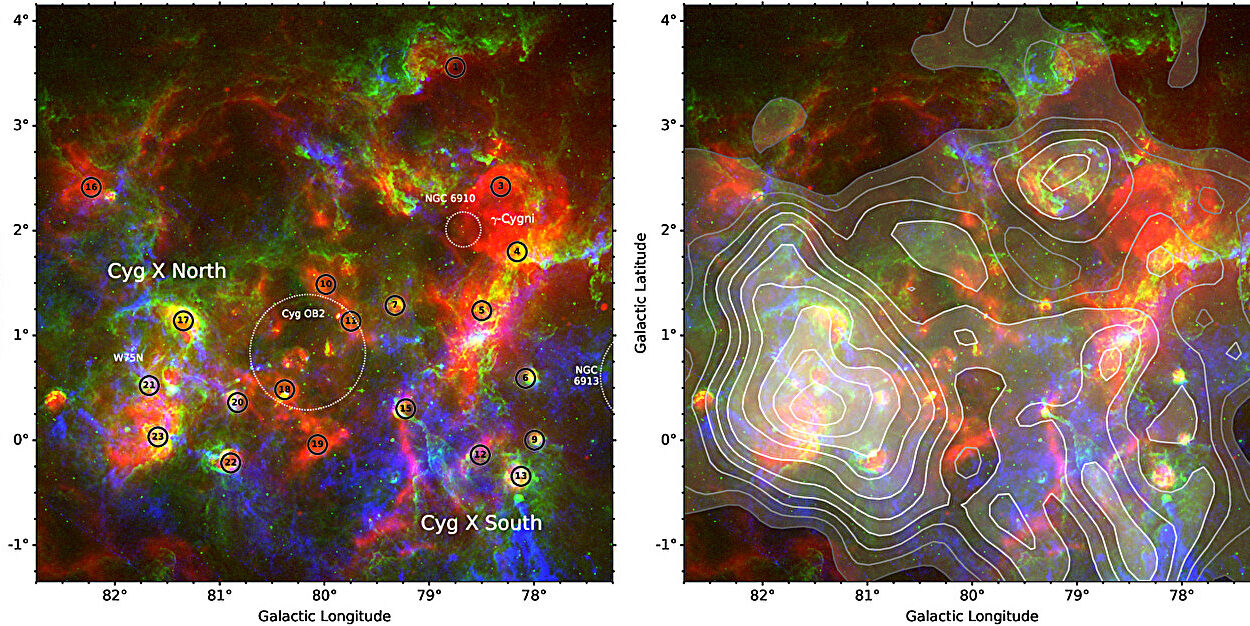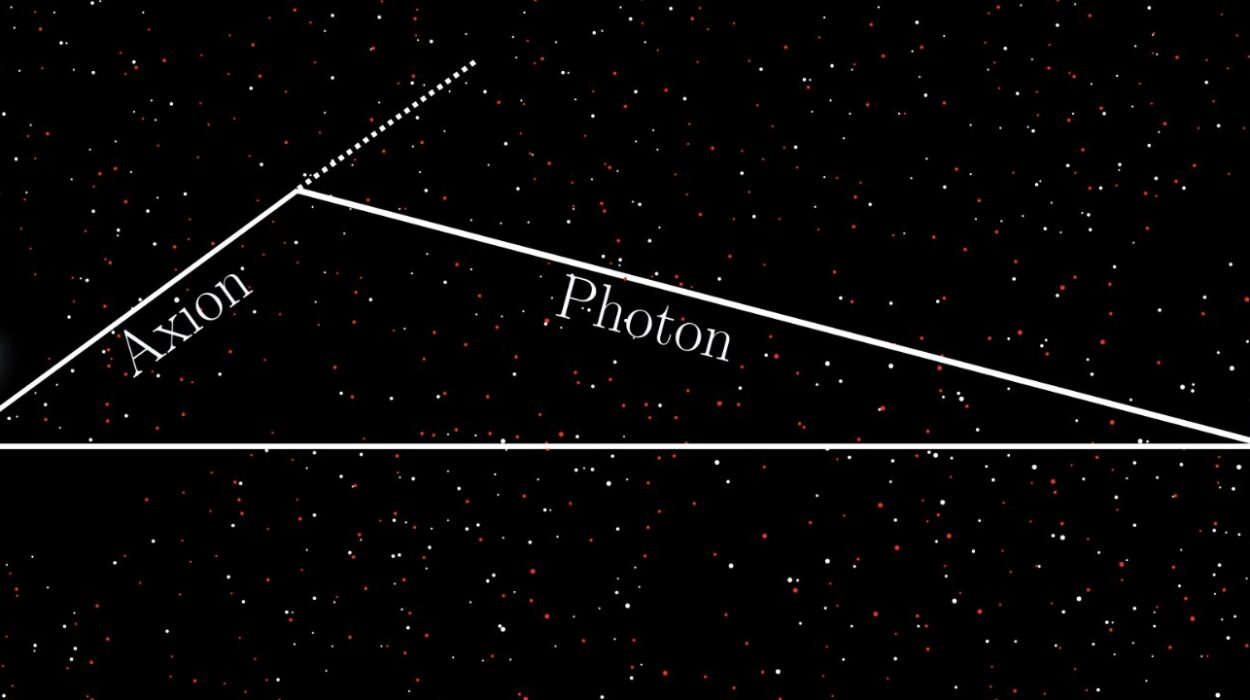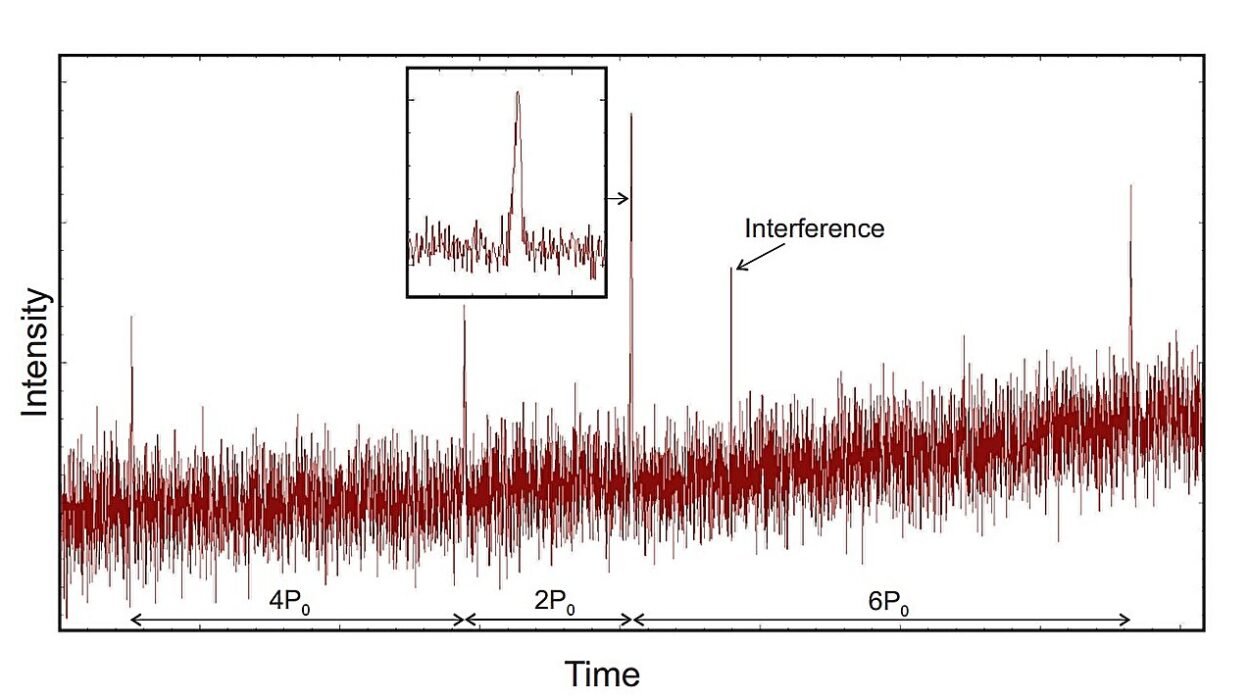Deep within the celestial nursery of the Taurus star-forming region, approximately 610 light-years from Earth, a young star named DR Tauri pulses and flickers like an untamed flame. Unlike the familiar steady glimmer of the stars we see in our night sky, DR Tauri is a cosmic wild child, radiating irregular bursts of light, emitting fierce stellar winds, and veiling itself in shadows cast by a surrounding disk of gas and dust.
Now, a new and comprehensive observational campaign—using a blend of ground-based telescopes and cutting-edge space observatories like Kepler and TESS—has pulled back the curtain on this star’s astonishing variability. Published on May 12 on the arXiv preprint server, this research delivers a richly detailed portrait of a star in the throes of adolescence, caught in the act of becoming.
The T Tauri Archetype: When Stars Are Born Wild
DR Tauri belongs to a class of young stellar objects known as Classical T Tauri stars (CTTSs)—a phase in the life of low-mass stars shortly after their birth. These stars, barely a few million years old, are surrounded by swirling protoplanetary disks made of gas, dust, and building blocks of future planets. They haven’t yet achieved the steady nuclear fusion that defines a mature star like our Sun. Instead, they feed on their disks, gulping down matter in intermittent spurts of accretion, which light them up unpredictably like cosmic fireflies.
What makes CTTSs particularly fascinating—and frustrating—for astronomers is their variability. Their brightness fluctuates wildly, sometimes within hours, sometimes over months. Their emission lines, especially those associated with hydrogen, twist and shift in response to dynamic processes: magnetic flares, infalling gas, and energetic outflows.
Among these stars, DR Tauri is an extreme case. Known for decades as one of the most erratic members of the T Tauri family, it has become something of a poster child for stellar variability. Earlier studies already hinted at its capricious behavior, noting brightness changes that appeared both periodic and entirely stochastic. In the world of young stars, DR Tauri has earned a reputation for being uncommonly difficult to pin down.
A Stellar Mystery Observed from Earth and Space
To decode DR Tauri’s unpredictable behavior, an international team led by Gabriella Zsidi of the Konkoly Observatory in Budapest embarked on a detailed observational campaign. The researchers didn’t settle for just one telescope or one method. Instead, they harnessed the power of multi-wavelength observations across both ground-based and space-based platforms, painting a panoramic picture of the star’s activity.
Their approach was as diverse as the star’s own behavior. Ground-based optical telescopes captured photometric data through different filters, while near-infrared telescopes revealed clues buried in longer wavelengths. At the same time, space-based observatories like NASA’s Kepler and the Transiting Exoplanet Survey Satellite (TESS) delivered exquisitely detailed light curves, capturing minute-to-minute fluctuations over weeks and months.
The result? A multidimensional time-lapse of a restless star undergoing continuous transformation.
Stochastic Heartbeats: The Rhythm of DR Tauri
The data told a consistent and revealing story: DR Tauri is highly variable on all observed timescales, from hours to weeks. But the variability wasn’t rhythmic in the classical sense. It wasn’t like the clockwork pulsation of a Cepheid variable, nor the rigid spinning of a binary eclipse.
Instead, the star’s light curve was dominated by stochastic (random) variations, with a typical timescale of 2 to 3 days. Imagine trying to measure the heartbeat of a creature that dances to a different rhythm every few days. The light surges, plateaus, and dips like a storm-tossed sea—chaotic, yet subtly patterned.
In optical and near-infrared bands, the team noticed that the shape of the variability remained consistent across filters, but the amplitude of the variations diminished with increasing wavelength. In simpler terms, DR Tauri’s brightness changes were most dramatic in visible light and became more muted as observations moved toward the infrared.
This behavior provides essential clues about the underlying physics. It suggests that the brightness changes are not simply caused by dust passing in front of the star—something that would leave a clear signature following a known extinction curve. Instead, it hints at more complex interactions involving disk geometry, optical depth, and accretion hotspots—regions on the star’s surface where infalling matter releases bursts of energy.
Intriguingly, at mid-infrared wavelengths—those peering deep into the warm dust close to the star—the variability all but disappears. This suggests that the inner disk may be optically thick and relatively stable, shielding deeper regions from the chaotic interplay above.
The Missing Spin: Where is DR Tauri’s Rotation?
One of the surprising outcomes of the study was the inability to determine a reliable rotational period for DR Tauri. This is typically one of the more straightforward measurements in stellar astrophysics, often deduced from periodic fluctuations caused by surface features like starspots rotating in and out of view.
But DR Tauri refused to cooperate.
Despite a comprehensive period analysis, the data yielded no clear, consistent signal. This doesn’t mean the star isn’t spinning—it is, of course—but its erratic accretion, variable emission, and likely obscuration by disk material mask any simple rotational signature.
Nonetheless, a wavelet analysis, a technique sensitive to changes in periodicity over time, hinted at a weak periodicity around three days. This could be a trace of rotational modulation, perhaps peeking through the fog of more dominant stochastic processes.
The Language of Hydrogen: Emission Lines Speak Volumes
Beyond its photometric antics, DR Tauri also tells its story in spectral lines—particularly the iconic hydrogen-alpha line, a signature of hot, active gas. In DR Tauri’s case, this line is both complex and asymmetric, showing two emission peaks that vary significantly over time.
These emission features act like fingerprints of the star’s accretion and outflow dynamics. The variation in the peaks suggests a tug-of-war between accreting material falling onto the star and stellar winds pushing material outward. This dual process—material flowing in and blowing out—is characteristic of T Tauri stars, but in DR Tauri, the amplitude and variability are off the charts.
The researchers also analyzed variance profiles, statistical representations of how much each part of the spectral line changes over time. The result: the highest variability occurred right at the dual emission peaks. This strongly points to fluctuations in both accretion and wind strength, further complicating any attempt to tease out simple patterns.
Unraveling the Drivers of Variability
Piecing together the photometric and spectroscopic data, the astronomers reached a nuanced conclusion: the variability of DR Tauri cannot be attributed to a single cause. Instead, it arises from a tangled web of processes:
- Accretion bursts, as clumps of disk material fall onto the star, release sudden flares of energy.
- Magnetically driven stellar winds, blowing outward from the star, reshape surrounding material and influence emission lines.
- Variable obscuration by disk structures, perhaps warps or clumps, intermittently block and scatter starlight.
- Surface activity, like starspots and flares, adds yet another layer of complexity.
In short, DR Tauri is a dynamic theater where multiple actors—gravity, magnetism, radiation, and dust—compete and collaborate in real time.
Implications for Star and Planet Formation
Beyond its own eccentricities, DR Tauri offers valuable insight into a crucial phase of stellar and planetary evolution. T Tauri stars like DR Tauri represent the early years of solar-type stars, offering a window into what our Sun may have looked like shortly after its birth.
The processes seen in DR Tauri—particularly disk accretion and variability—play pivotal roles in the formation of planets. The flickering light could affect the chemistry of the protoplanetary disk, influencing where and how planets form. Winds and radiation from the star can carve out disk regions or cause turbulence, altering the trajectory of dust grains that may eventually grow into worlds.
Studying stars like DR Tauri also helps refine models of stellar magnetic fields, angular momentum loss, and the evolution of circumstellar disks—all fundamental pieces in the cosmic puzzle of how stars mature and planetary systems emerge.
The Cosmic Ballet Continues
The story of DR Tauri is far from over. The data gathered so far provides a compelling snapshot, but the star’s behavior continues to evolve. Future observations—particularly from the next generation of space telescopes like JWST and ground-based interferometers—could offer even sharper views of the disk, the accretion zones, and the star’s magnetic surface.
In the meantime, DR Tauri reminds us of something essential about the cosmos: before the calm maturity of a star like our Sun, there is chaos. Not all stars are born with a quiet grace. Some, like DR Tauri, fight their way into existence, flickering and roaring against the forces that try to shape them.
In that turmoil lies beauty—and in the complexity of DR Tauri, we catch a glimpse of our own origins, written in the light of a young, volatile star learning how to shine.
Reference: Gabriella Zsidi et al, Short- and long-term variations of the high mass accretion rate classical T Tauri star DR Tau, arXiv (2025). DOI: 10.48550/arxiv.2505.07684
